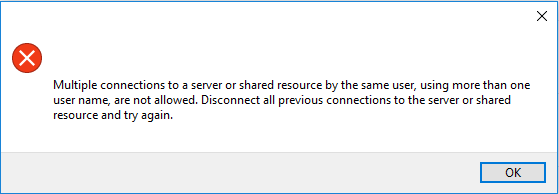Had this issue recently in my company environment for a couple of days.
Did the usual checks and troubleshooting;
1. Content distributed to distribution point successfully
2. Boundaries and boundary group configured accordingly (IP Address range, AD site, etc.)
3. Workstations and laptops have the latest client
4. DP and clients are in healthy condition
5. Certificates both on servers and clients are good
6. Firewalls are off, since this functionality is not configured
7. Went through most of the logs but to no avail (LocationServices, CAS, ContentTransferManager, etc.)
What’s next then?
One of the test that we did – point test machines to another DP, by using boundaries, and the installation went through. Hence it surely has something to do with the DP.
Further check shows, another DP that able to make it works, is on Windows Server 2012 R2, while the one DP that we had issue with is Windows Server 2008 R2. Potentially need to rebuild DP to solve the Downloading 0% issue? Last choice, but probably not yet at this point..
Tracing back the changes done by the other team recently, team that is handling GPO, servers and all – showed that they did make a change, on WinHttp. That was part of the plan to resolve an issue with Skype for Business, which produced an error of something that related to DNS. Rolling back the change on WinHttp, deployment back to normal!
Here’s the chronology;
1. The team execute a plan to allow only TLS 1.0 and TLS 2.0 in environment
2. Some Windows 7 users have issue to login to Skype for Business
3. The team rolling out WinHttp changes by GPO to solve the issue
4. Workstations and laptops that are having Windows Server 2008 R2 distribution point as its DP started to have Downloading 0% issue
So next thing to find out – what are the relation of these: Downloading 0%, WinHttp, Windows Server 2008 R2, TLS, Skype for Business and DNS. Surely it could be something great if we can solve the question!
Until then, completing software updates on my users workstations are good enough to let me sleep better at night.
Source1: https://community.spiceworks.com/topic/270747-sccm-2012-client-install-timeout-dp-locations-not-found
Source2: https://support.microsoft.com/en-my/help/3140245/update-to-enable-tls-1-1-and-tls-1-2-as-a-default-secure-protocols-in
Source3: https://support.microsoft.com/en-my/help/2566790/troubleshooting-skype-for-business-online-dns-configuration-issues-in
Source4: https://docs.microsoft.com/en-us/windows/desktop/winhttp/about-winhttp

